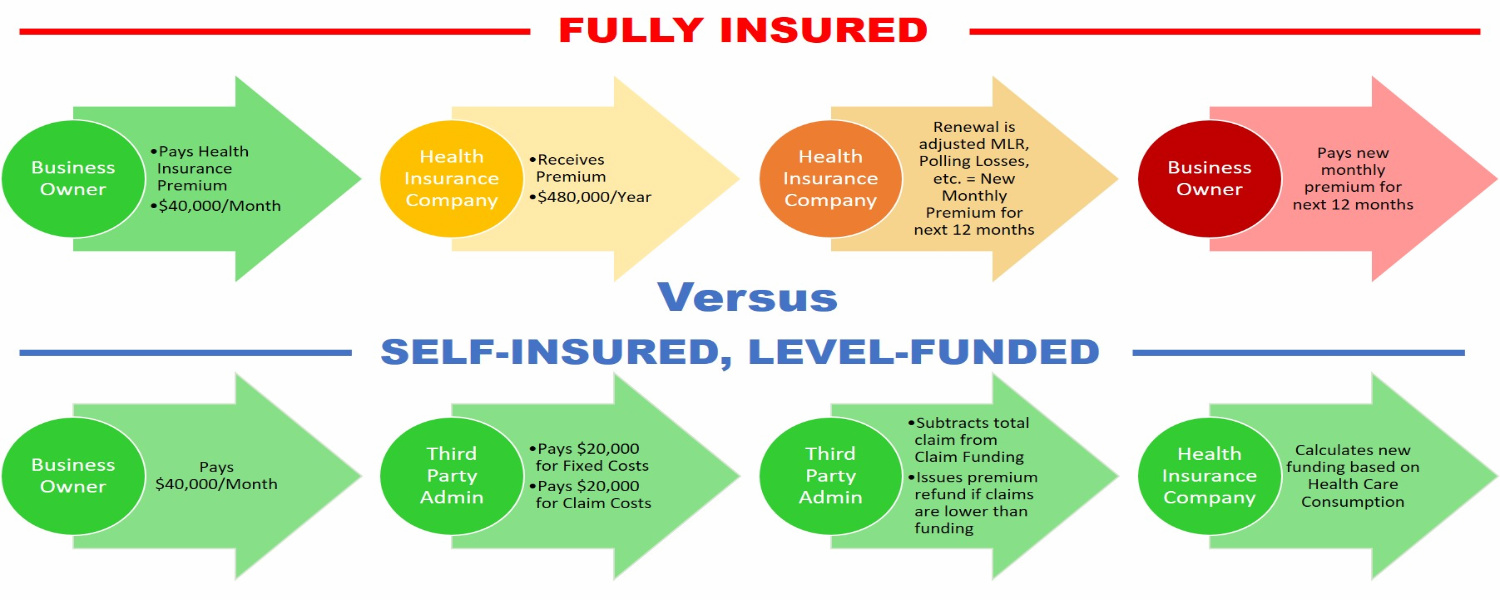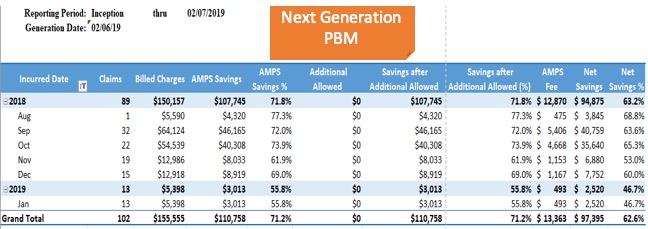Johns Hopkins ACG System
The Johns Hopkins ACG (Adjusted Clinical Groups) System has the distinction of being developed, tested and supported by a world-renowned academic and medical research institution, The Johns Hopkins University. The academic home of the ACG System allows for an unparalleled openness to the method. Each component of the system is exposed to the user which allows the system to be easily adapted to unique local circumstances and applications. The ACG methodology is subject to continuous critical review and testing by a team of distinguished health services researchers led by Dr. Jonathan Weiner. This transparency and academic credibility is critical when trying to disseminate risk information to providers and purchasers of healthcare.
The Johns Hopkins ACG System grew out of critical observations made by Barbara Starfield, MD, MPH, in pediatric populations. Research by Dr. Starfield and her colleagues in the early 1980s showed that children using the most health care resources were not those with a single chronic illness, but rather children with multiple, seemingly unrelated conditions. Dr. Starfield was able to extend these findings to all patients and ultimately demonstrate that the clustering of morbidity is a better predictor of health services resources use than the presence of specific diseases. Clustering of morbidity forms the basis of the current ACG System and remains the fundamental concept that differentiates ACGs from other case-mix adjustment methodologies.
The ACG research and development team – characterized by excellence in both research and practice – is based on The Johns Hopkins Bloomberg School of Public Health and has been performing risk measurement and case-mix categorization for more than 25 years. The ACG research team has virtually “written the book” on risk adjustment through numerous contributions in the published literature. As contributors to the chapter on Health-Based Risk Adjustment in Financial Strategy for Managed Care Organizations: Rate Setting, Risk Adjustment and Competitive Advantage by Charles William Wrightson, Jr.
The Johns Hopkins University’s Bloomberg School of Public Health has an unwavering commitment to the ongoing development of ACGs and its dissemination to both private sector and government users. The Johns Hopkins University has a multi-disciplinary faculty that works to improve health and prevent disease and disability through the education of future public health leaders and through research on the causes and possible remedies of significant public health problems. Our goal is to promote equitable, effective and efficient health care around the globe. ACGs are a part of our strategy.
The ACG System offers a widely used and rigorous health-based risk adjustment approach. Used by healthcare providers, health plans, and public-sector agencies the ACG System has a uniquely clinical perspective on person health that emphasizes the inter-relationship of multiple diseases to explain healthcare utilization both retrospectively and prospectively. ACGs have withstood the financial and clinical pressures of the healthcare marketplace to become statistically valid and industry standard risk adjustment and predictive modeling method.





